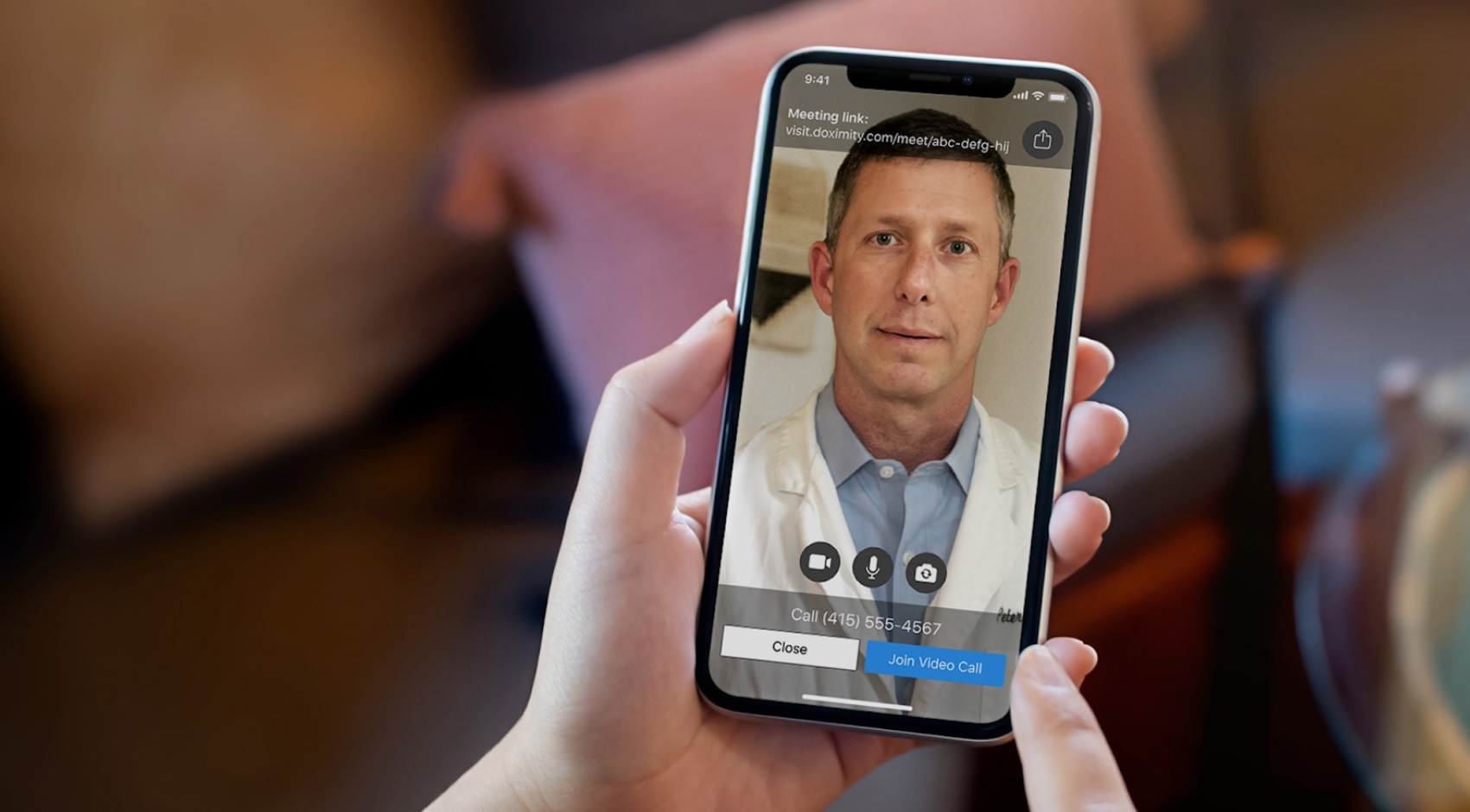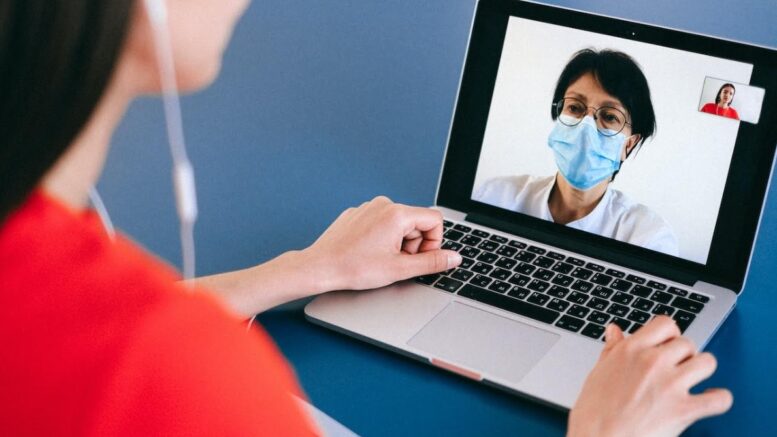Significant improvements in remote patient healthcare have been made in recent years, altering how healthcare is provided and enhancing patient outcomes. These ground-breaking developments use technology to let healthcare professionals handle and track patients’ health remotely, improving accessibility, comfort, and overall care quality. This post will examine six ground-breaking developments in remote patient care and how they have revolutionized the healthcare sector.
Wearable Health Monitoring Devices
The creation of wearable monitoring of health technology is one of the most impressive developments in remote patient care. These gadgets may gather real-time health information, such as blood pressure, pulse, sleep patterns, physical activity, and electrocardiograms. These gadgets range from smartwatches to specialist wearable sensors. Wearable technology makes it possible to continuously monitor patients’ vital signs, allowing healthcare providers to monitor their health problems precisely and accurately from a distance. The early identification of potential health problems, rapid therapies, and individualized care management made possible by this development enhance patient outcomes and lower hospital stays.
Remote Diagnostic Tools
How doctors diagnose and remotely monitor patients has been changed by remote diagnostic equipment. Healthcare practitioners may conduct full examinations without needing in-person visits thanks to high-resolution cameras, electronic stethoscopes, otoscopes, dreamscapes, and other gadgets outfitted with cutting-edge technology. These technologies enable healthcare professionals to evaluate and diagnose individuals remotely with depth and accuracy equivalent to in-person consultations. They can collect and transmit photos, videos, and audio in real-time. Remote diagnostic technologies improve healthcare equity and patient ability to obtain expert medical opinions while saving time and cutting healthcare costs. They also make it possible to get specialist treatment in impoverished locations.
Telemedicine and Virtual Consultations
Remote patient health care has seen substantial growth in telemedicine and virtual consultations. Healthcare professionals can now contact patients remotely and give medical guidance, diagnoses, and treatment programs in real-time thanks to advancements in video conferencing technology and secure digital platforms. Telemedicine has transformed how healthcare is delivered by enhancing access to treatment, particularly for people living in rural or isolated locations. Patients no longer need to drive far for routine visits, which lowers expenses and raises general patient satisfaction.

Remote Patient Monitoring Systems
Systems for remote patient monitoring (RPM) have completely changed how chronic illness management and post-operative care are handled. These systems capture and communicate patient data to healthcare practitioners using wearable technology, sensors, and remote communication methods. RPM systems enable continuous monitoring of patient’s vital signs, chronic care management, medication compliance, and symptom development, giving you access to real-time information about their health status. Healthcare professionals may quickly intervene, modify treatment plans, and offer support as needed, reducing problems and increasing patient outcomes. RPM systems encourage self-management and overall well-being by empowering patients to participate in their treatment actively.
Artificial Intelligence (AI) and Machine Learning (ML) Applications
Remote patient healthcare has made extensive use of computer vision and machine learning. To provide insights and prediction models, these technologies can evaluate vast amounts of patient data, including healthcare records, sensor readings, genetic data, and historical data. Based on the unique patient features, AI and ML systems may recognize trends, forecast illness development, and offer individualized treatment regimens. These developments allow healthcare professionals to give more accurate and targeted care, lowering the risk of medical mistakes and improving treatment results.
Blockchain for Secure Health Data Exchange
Blockchain technology can completely change how remote patient health care is provided in terms of security and privacy. Blockchain offers a secure, decentralized, and unchangeable record for exchanging and storing health information. It ensures that patient information is kept private while being easily available to licensed healthcare professionals. Systems built on the blockchain can make it simple and secure to share patient data, fostering interoperability and supporting continuity of treatment across various healthcare settings.
Blockchain also improves data integrity, lowering the possibility of manipulation or illegal access. Additionally, it gives patients more control over their health data by giving them the option to grant or withdraw access rights. This allows patients to actively maintain their privacy and participate in research projects by only providing certain data.
Conclusion
In conclusion, revolutionary developments in remote patient healthcare are revolutionizing the industry. Blockchain technology, telemedicine, distant monitoring of patient systems, wearable health tracking devices, remote diagnostic tools, and AI and ML applications are transforming how healthcare is provided, enhancing patient outcomes, and increasing accessibility to treatment. The possibilities for remote health services for patients to improve patient lives and healthcare delivery are amazing as these developments continue.
